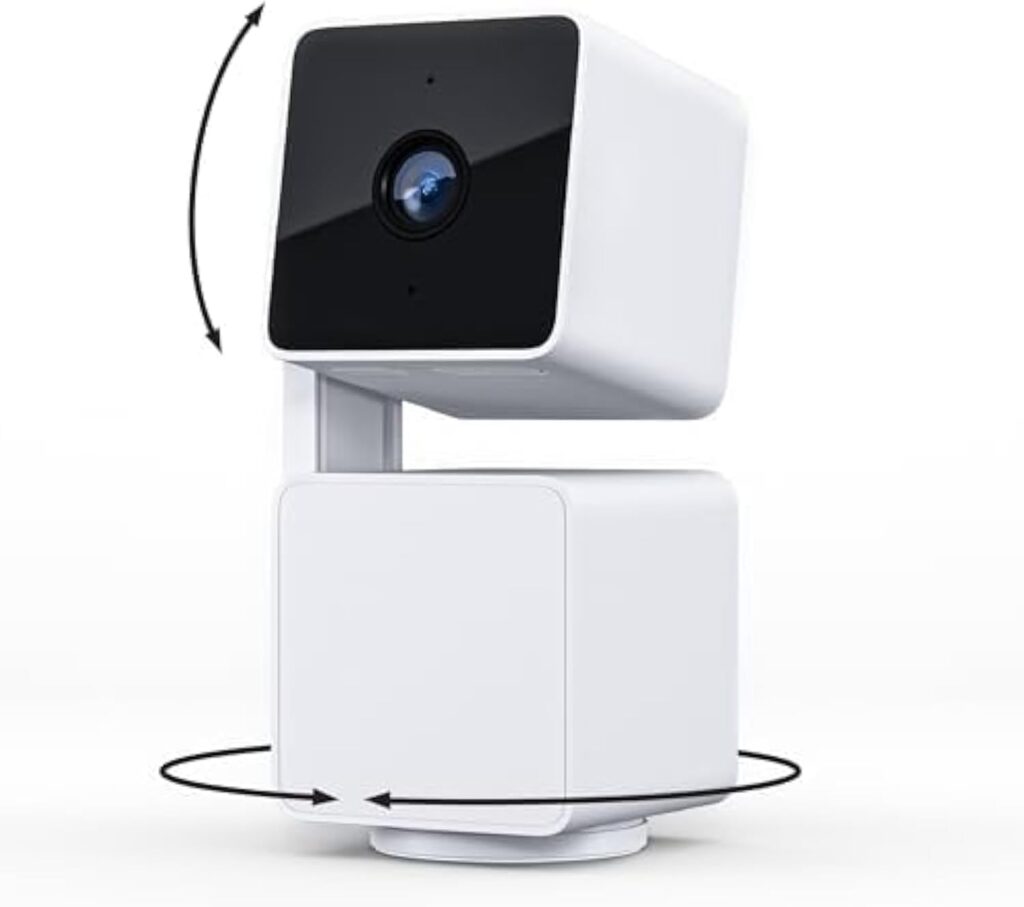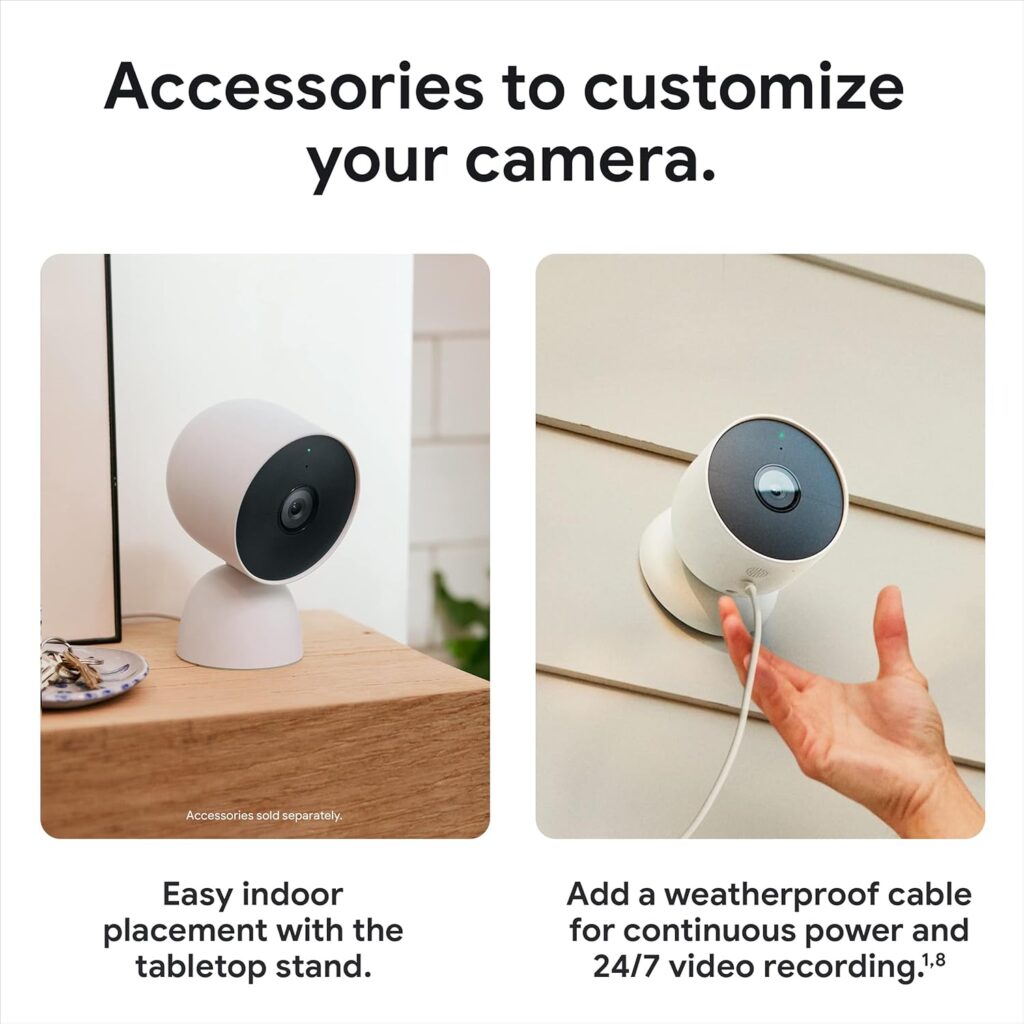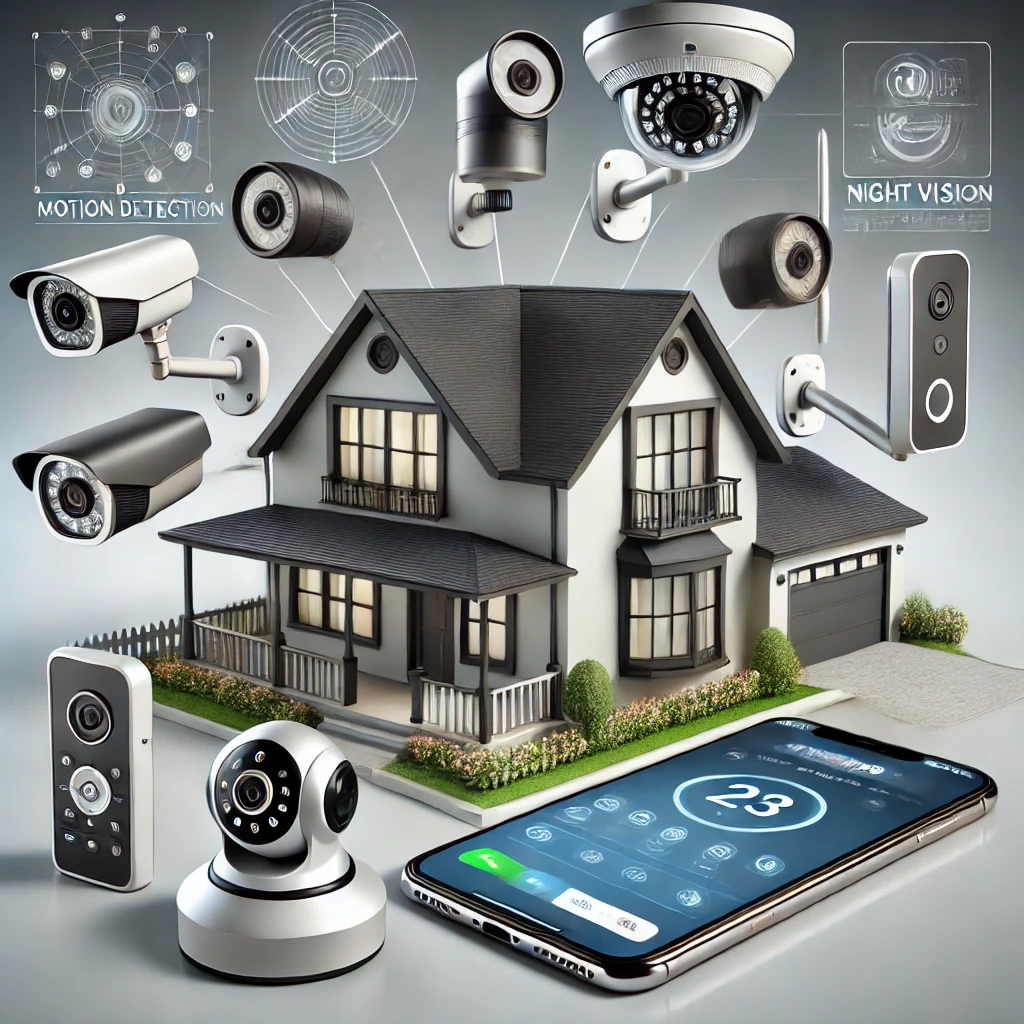Welcome to autohomegadgets.com, where expert insights on smart home CCTV cameras will be shared. With years of experience testing and installing home security devices, I’ve worked with various CCTV systems and understand what makes a reliable and effective setup. Whether you’re a beginner or looking to upgrade your home security, this guide will help you find the best home CCTV cameras.
Why Invest in a Home CCTV Camera System?
Installing home CCTV cameras enhances security by providing:
- 24/7 Monitoring: Keep an eye on your property day and night.
- Crime Prevention: Visible cameras deter potential intruders.
- Remote Access: View live feeds from your smartphone or tablet.
- Evidence Collection: Capture footage for law enforcement if needed.
Key Features to Look for in a Home CCTV Camera
1. Resolution & Video Quality
- Choose at least 1080p HD resolution for clear footage.
- 4K cameras offer sharper images but require more storage.
2. Night Vision & Low-Light Performance
- Infrared (IR) night vision ensures visibility in darkness.
- Some cameras feature color night vision for enhanced clarity.
3. Motion Detection & Alerts
- AI-powered motion detection reduces false alerts.
- Instant push notifications keep you informed.
4. Two-Way Audio
- Speak with visitors or warn intruders through built-in microphones and speakers.
5. Cloud vs. Local Storage
- Cloud storage offers secure access from anywhere but may have subscription fees.
- Local storage (SD cards, NVRs, and DVRs) avoids recurring costs but is prone to physical damage.
6. Smart Home Integration
- Compatible with Alexa, Google Assistant, or Apple HomeKit for voice control and automation.
Types of Home CCTV Cameras
1. Wired vs. Wireless Cameras
- Wired Cameras: reliable connection but require professional installation.
- Wireless Cameras: Easy setup but depends on a stable Wi-Fi network.
2. Indoor vs. Outdoor Cameras
- Indoor Cameras: Monitor activity inside your home; ideal for pets and babysitters.
- Outdoor Cameras: Weatherproof with enhanced durability for perimeter security.
3. Doorbell Cameras
- Combines CCTV functionality with a doorbell, allowing remote visitor interaction.
4. PTZ (Pan-Tilt-Zoom) Cameras
- Provides wide coverage and the ability to zoom in on specific areas.
My Top Picks for Home CCTV Cameras
Best Overall: Arlo Pro 4

- Pros: 2K resolution, wire-free, smart alerts, color night vision
- Cons: Requires subscription for full features
Best Budget Option: Wyze Cam v3

- Pros: Affordable, 1080p HD, color night vision, cloud & local storage
- Cons: Limited field of view
Best for Smart Homes: Google Nest Cam (Battery)

- Pros: AI-powered alerts, smart home integration, two-way audio
- Cons: Requires Google account
Best for Outdoor Security: Ring Floodlight Cam Pro

- Pros: Motion-activated floodlights, sirens, 3D motion detection
- Cons: Requires wired installation
Installation & Setup Tips
- Choose the Right Placement: Cover entry points like doors, driveways, and backyards.
- Ensure a Strong Internet Connection: Wi-Fi cameras need stable connectivity to avoid lag.
- Adjust Motion Detection Settings—Reduce false alarms from trees or passing cars.
- Regularly Update Firmware: Keep security systems protected against cyber threats.
- Test Your System Periodically: Check camera angles, night vision, and motion alerts.
Final Thoughts
A home CCTV camera system is a valuable investment for safety and peace of mind. Based on my experience, selecting the right camera depends on your budget, property size, and smart home needs. Whether you’re setting up a single camera or a complete surveillance system, choosing the best option will ensure reliable home security.
For more smart home security guides, stay tuned to autohomegadgets.com!

SAMMY MWANGI the editor of Autohomegadgets.com. He is an Electronics Technician enthusiast and a Sales Manager in one of the leading ICT companies in Africa. When he is not working, he loves to travel and explore nature. He is a Robot fanatic too.


